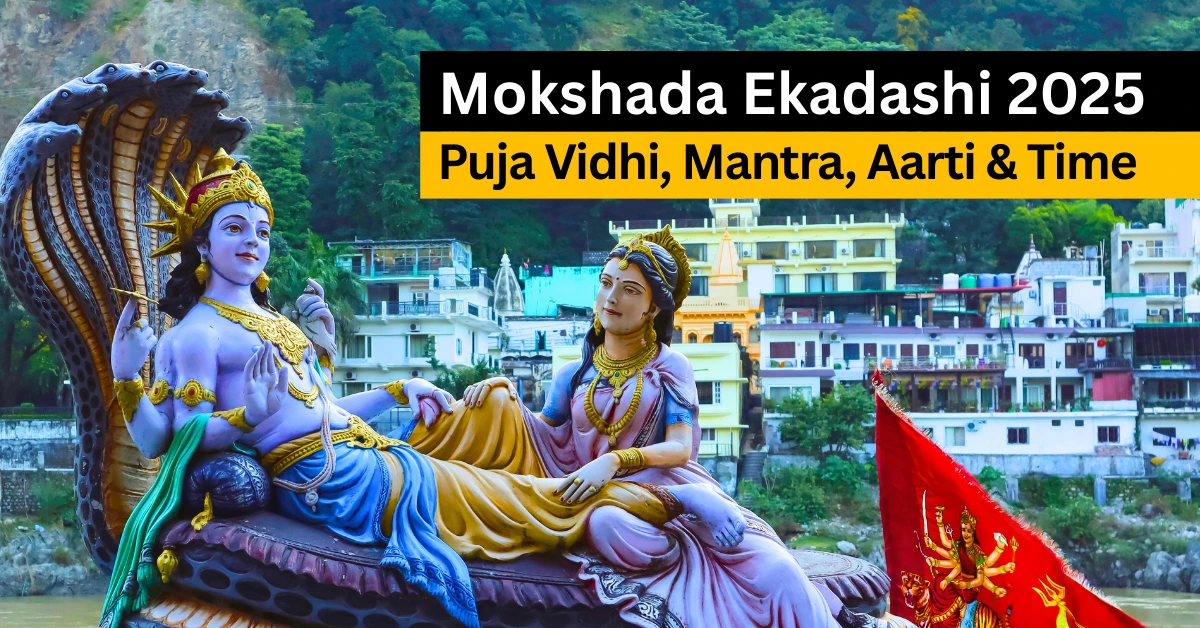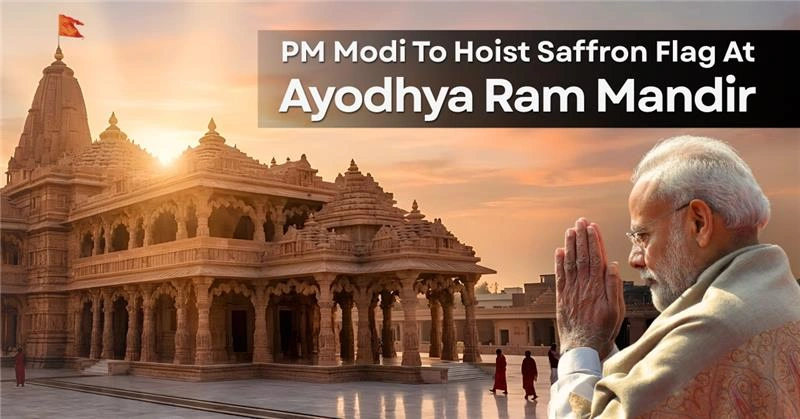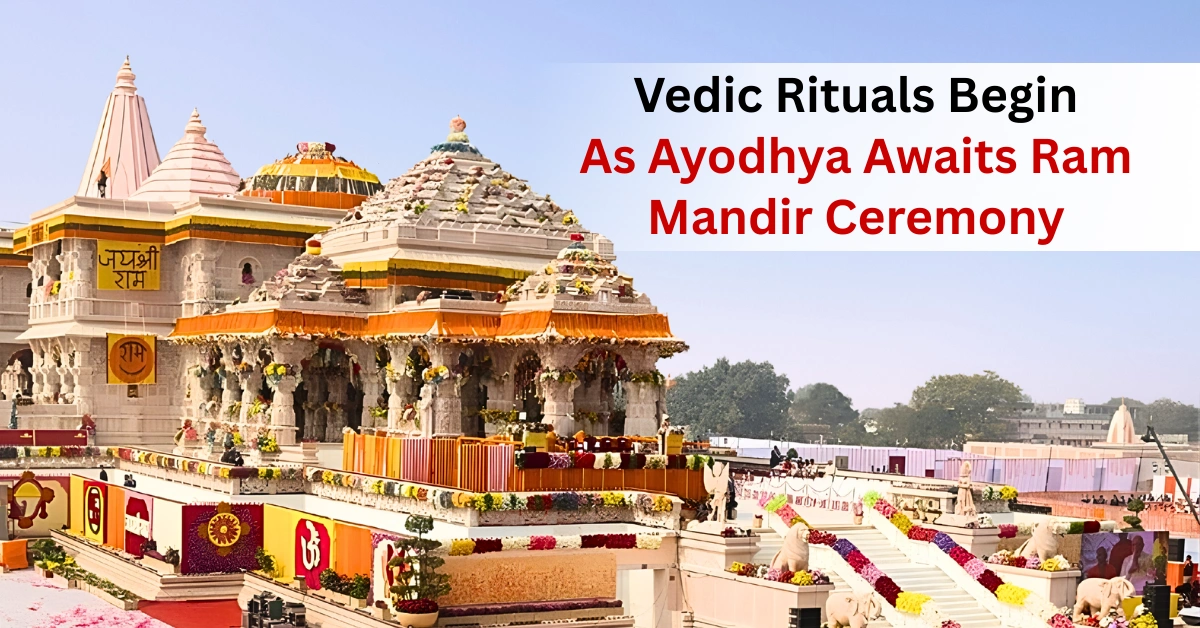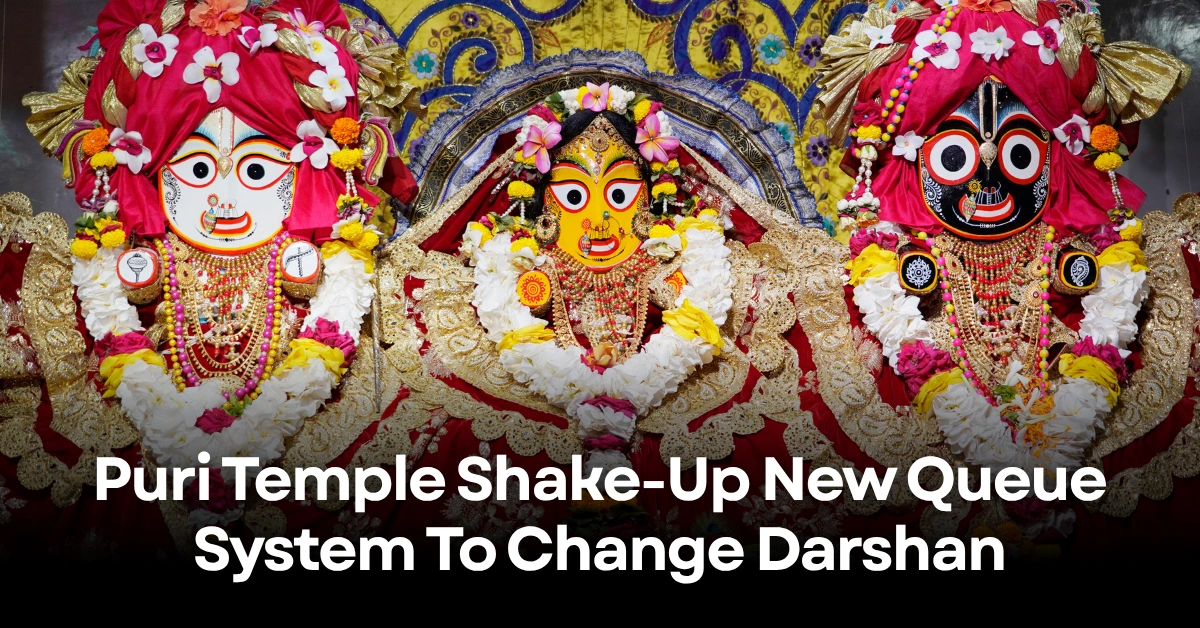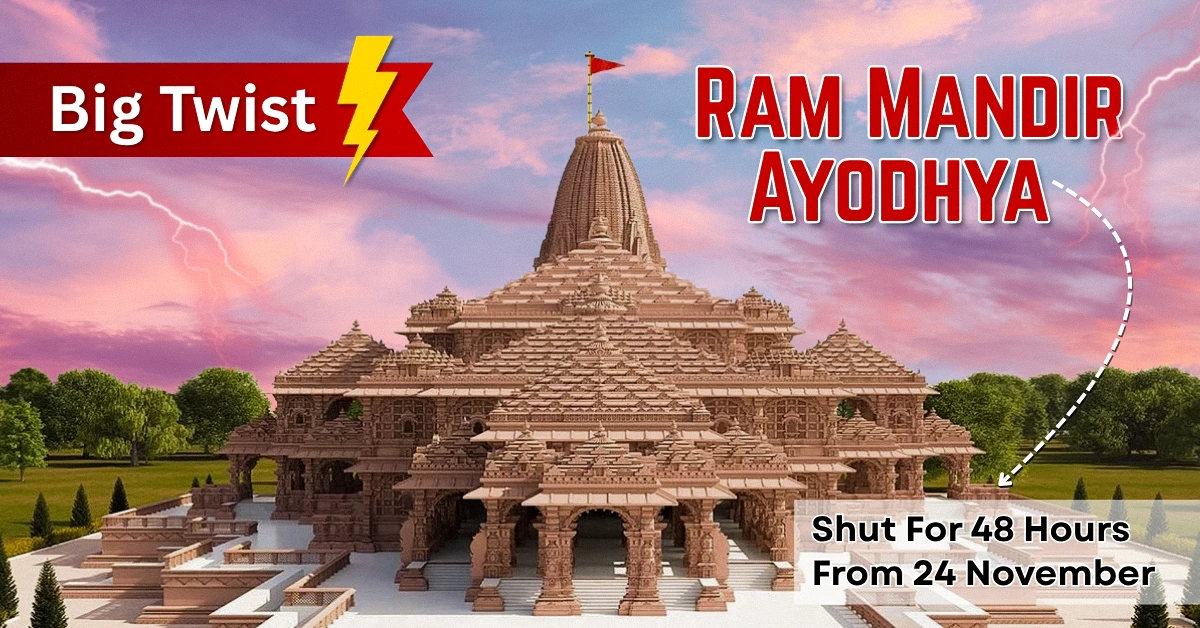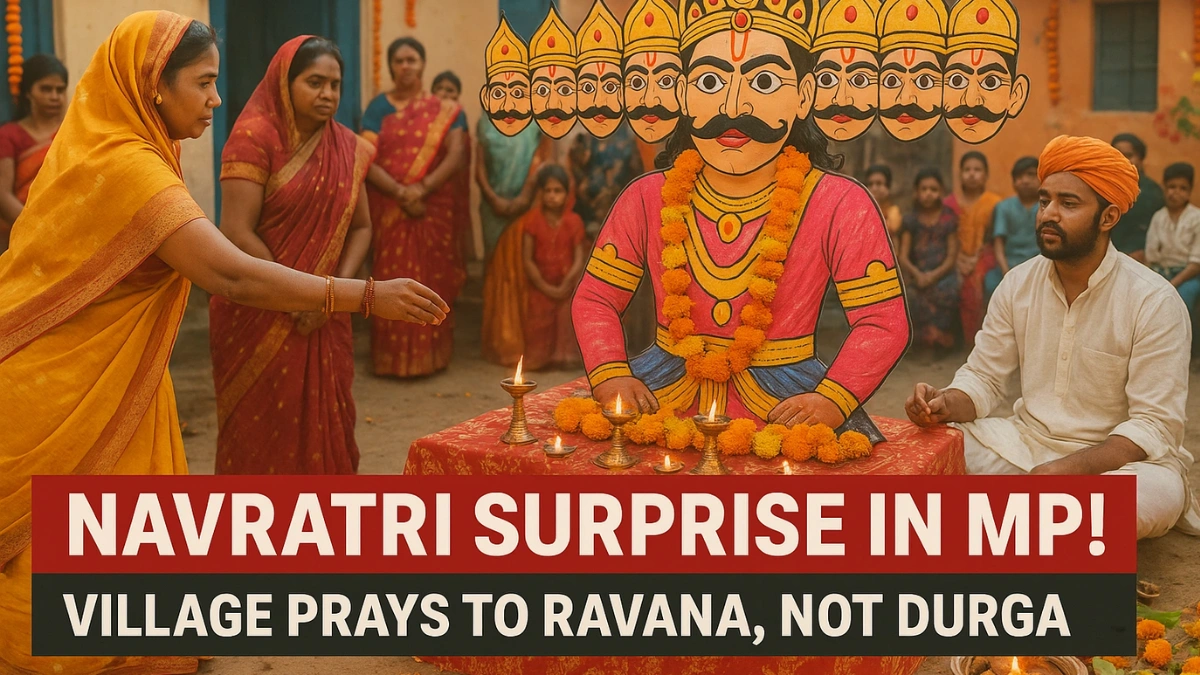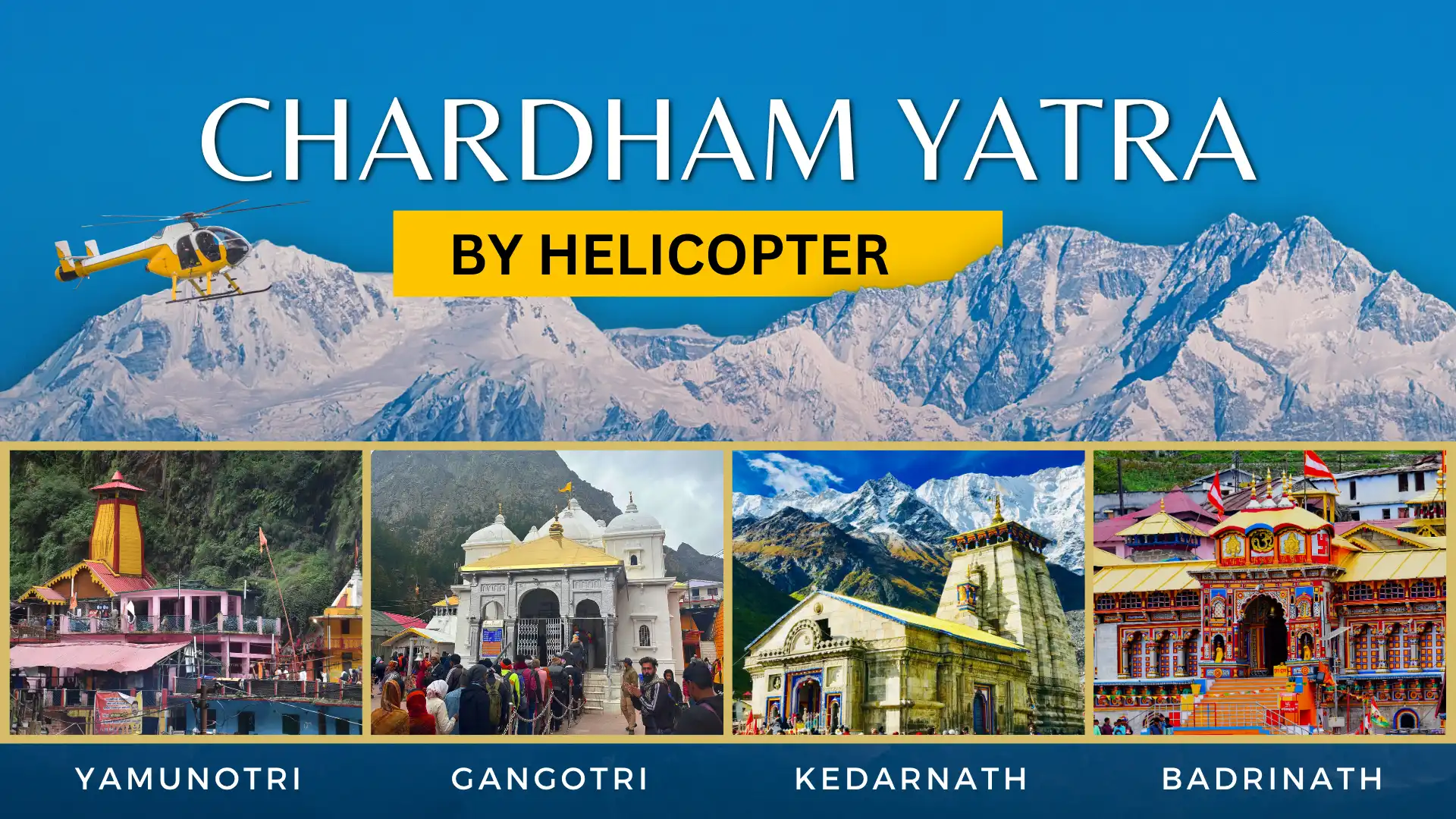Navratri across India is about prayers to Goddess Durga, but in Jamunia village of Chhindwara, Madhya Pradesh, the story is different. Here, the pandal is not for Durga — it is for Ravana.
For nine days of Navratri, villagers set up a pandal with a statue of Ravana. They decorate it, perform puja, and worship him every day as The tribal community believes Ravana was their ancestor and also a great devotee of Lord Shiva. That is why they choose to honour him instead of burning his effigy.
The tradition is very old. Elders in the community say their ancestors started it, and they are only keeping it alive. They also pray to Goddess Durga, but after her puja, they turn to Ravana with full faith.
What makes this village stand out is its strong stand against Ravana Dahan. While most of the country burns Ravana’s effigy on Dussehra, the people of Jamunia oppose it. They say it hurts their religious feelings and have even asked the government to stop it.
For the villagers, Ravana is not seen as a demon king. He is seen as a symbol of respect, strength, and devotion And every Navratri, Jamunia becomes one of the rare places in India where Ravana, not Durga, takes the centre stage.
Also Read:

